Municipalities
Industry Overview
Key Features
Sending oil samples to an outside laboratory works but it can be expensive and results can take days or weeks. Waiting for results means the vehicle might be back on the road and failures could happen before the analysis is obtained.
Having on-site oil analysis capability can help fleet managers solve issues while the vehicle is still in the garage. It also helps them achieve operational cost savings, reduce downtime and unexpected failures as well as manage the work flow of the service bays. Many cities and towns also use oil analysis to help achieve “green fleet” initiatives by monitoring the condition of the oil and changing only when necessary rather than on a time or mileage basis.
Challenges
Oil drains are expensive for large vehicles
By monitoring oil condition with on-site analysis the maintenance staff can determine if the oil drain interval can be extended safely. Reducing the number of oil drains required per vehicle by even just one time per year can provide significant savings across a fleet of vehicles. This also helps achieve green initiatives by reducing the oil consumption and oil disposal.
Repair costs can be high
Oil analysis can help identify potential problems early – before they become catastrophic and costly repairs. On-site analysis provides the service technicians the information about the vehicle while it is still in the garage so repairs can be made immediately before it goes back out on the road. Early identification could mean the difference between a $2,500 EGR cooler repair and a $30,000 engine rebuild.
Downtime of vehicles impacts service and revenue
When a vehicle is unavailable due to mechanical problems it means it is not available to provide necessary service like in the case of a city transit bus or if it is part of the public works fleet for things like snow removal. For companies like freight haulers or mining equipment it means it will impact the revenue generating service it provides. Oil analysis can help fleet managers to ensure their vehicles will be up and running when they are needed.
Managing maintenance work flow can be difficult
A busy service garage, especially one that maintains a large fleet of vehicles needs to optimize the flow of their vehicles to get them in, serviced and back on the road in a timely manner. Many fleet customers of the MicroLab oil analyzer will bring a vehicle in and immediately pull an oil sample for test. While it is running they can conduct other necessary service checks. Within 15minutes, they will know whether they need to change the oil or if they can move on to other tasks. Incorporating oil analysis into the routine diagnostics checks allows fleet service providers to be more efficient with their time.
Typical Tests & Applications
Particle count- a high particle count or a rapid increase in particles can foreshadow an imminent failure.
Particle composition - it is often important to understand the elemental composition of particles in order to find out where they came from. Optical Emission Spectroscopy gives the user elemental information for up to 32 elements, from Li to Ce (varies with application).
Chemistry
Viscosity - The main function of lubrication oil is to create and maintain a lubrication film between two moving metal surfaces. Insuring the viscosity is within recommended ranges is one of the most important tests one can run on lube oil.
Total Acid Number (TAN) - TAN is measured to determine the corrosive potential of lubrication oils. If the TAN gets too high the oil can induce corrosion of machine parts and should be changed.
Oxidation, Nitration, Sulfation - Lubricating oil at elevated temperatures can react with oxygen and nitrogen in the atmosphere, as well as sulfur in fuel, to form undesirable by-products that can affect the oil's viscosity and lead to corrosion or damage of equipment.
Contamination
Fuel Dilution - Fuel dilution in oil is a condition caused by excess, unburned fuel mixing with engine oil in an engine crankcase. Hydrocarbon-based fuel, usually with a lower vapor pressure than the lubricant, has a thinning effect, lowering the oil viscosity. Oil film strength is reduced, increasing the cylinder liner and bearing wear.
Soot- Soot is a product of combustion and has always been found in engine oils. Soot can use up an oil's additives and deposit on vital engine surfaces.
Glycol - Glycol is found in engine coolant. If glycol is found in engine oil it typically indicates there is a leak in the engine that can cause catastrophic damage to the cylinder or cylinder wall.
Industry Resources
No Resources Available
We're currently updating our resource library for this industry. Check back soon or contact us to request specific documentation.
Request DocumentationSupporting Products
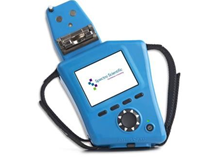 Oil Analysis
Oil Analysis
FluidScan® 1000 Series
The FluidScan is a handheld infrared spectrometer used for on-site oil condition analysis. It measur...
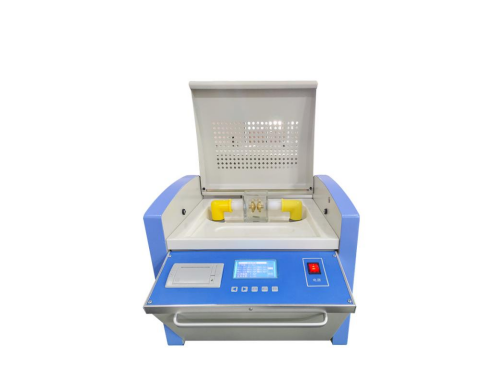 Oil Analysis
Oil Analysis
JKJQ‑1 Insulating Oil Dielectric Strength Tester
The JKJQ‑1 is a fully automatic dielectric strength tester designed to evaluate the breakdown volt...
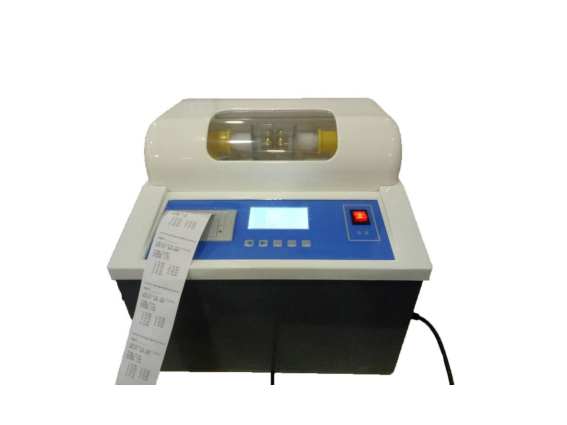 Oil Analysis
Oil Analysis
JKJQ‑1B Dielectric Strength Tester
The JKJQ‑1B is a fully automatic, single-cup dielectric strength tester for insulating oils, ideal...
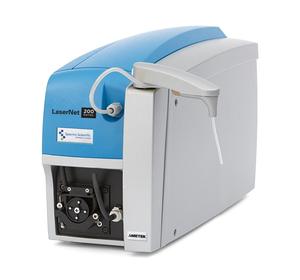 Oil Analysis
Oil Analysis
LaserNet 200 Series
The LaserNet 200 Series is an advanced, automated particle analysis system designed to detect, class...
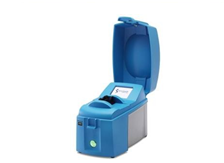 Oil Analysis
Oil Analysis
MiniVisc 3000
The MiniVisc 3000 is a groundbreaking portable kinematic viscometer that delivers laboratory-grade v...
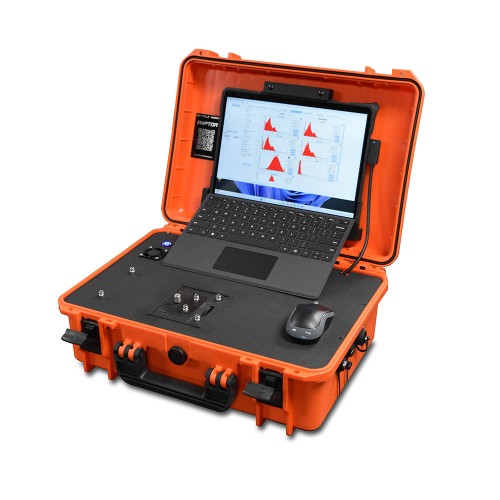 Oil Analysis
Oil Analysis
Pi Raptor Portable
The Raptor Portable Dry Powder Particle Size & Shape Analyzer is the first truly portable system tha...
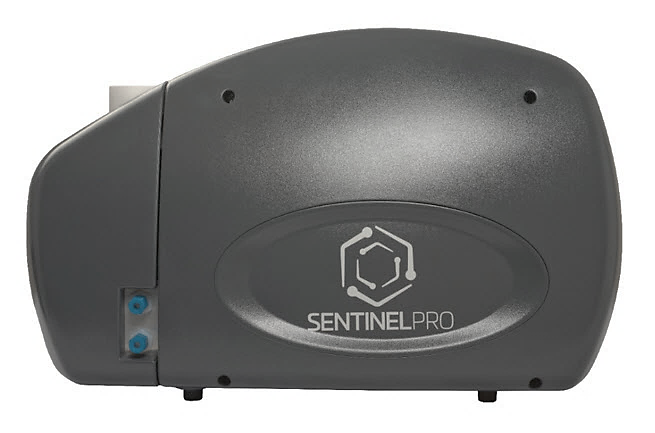 Oil Analysis
Oil Analysis
Pi Sentinel PRO
The SentinelPro is a high-performance dynamic image analyzer designed for applications where particl...
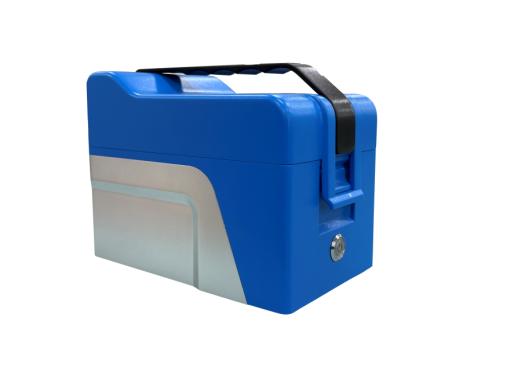 Oil Analysis
Oil Analysis
Portable Kinematic Viscometer VS800
The VS800 Portable Kinematic Viscometer is a precision, multi-purpose viscosity measurement tool des...
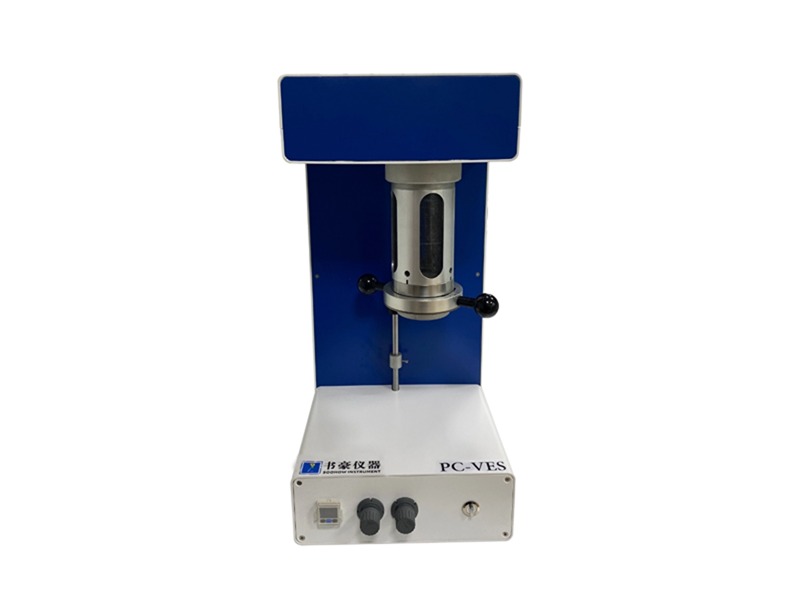 Oil Analysis
Oil Analysis
Positive and Negative Pressure Sampler PC‑VES
The PC‑VES is a portable positive/negative pressure oil sampler designed for high-viscosity fluids...
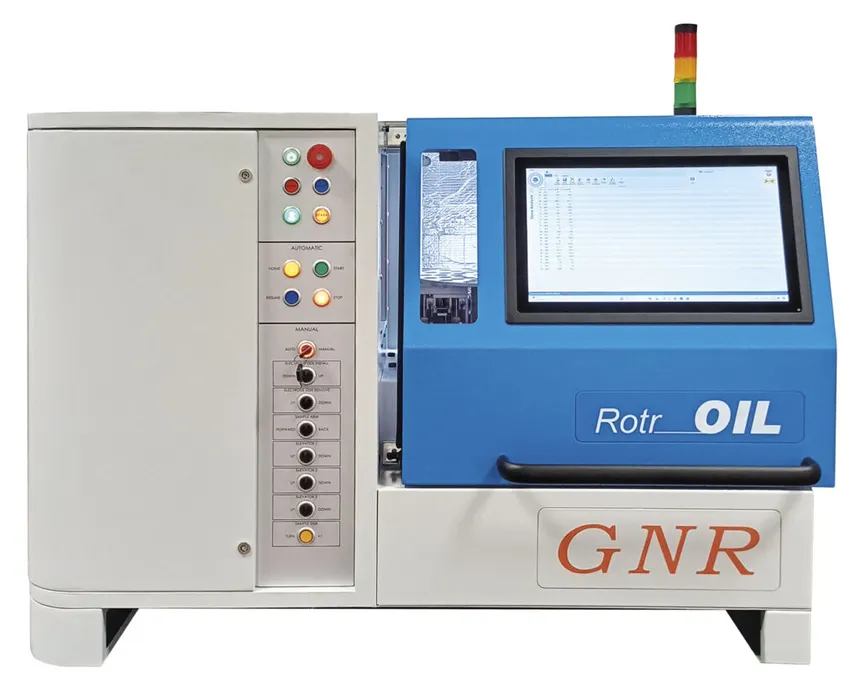 Oil Analysis
Oil Analysis
R4 RotrOil (Automatic Sample Changer)
The R4 RotrOil is an advanced, fully automated version of GNR's RotrOil elemental spectrometer. It i...
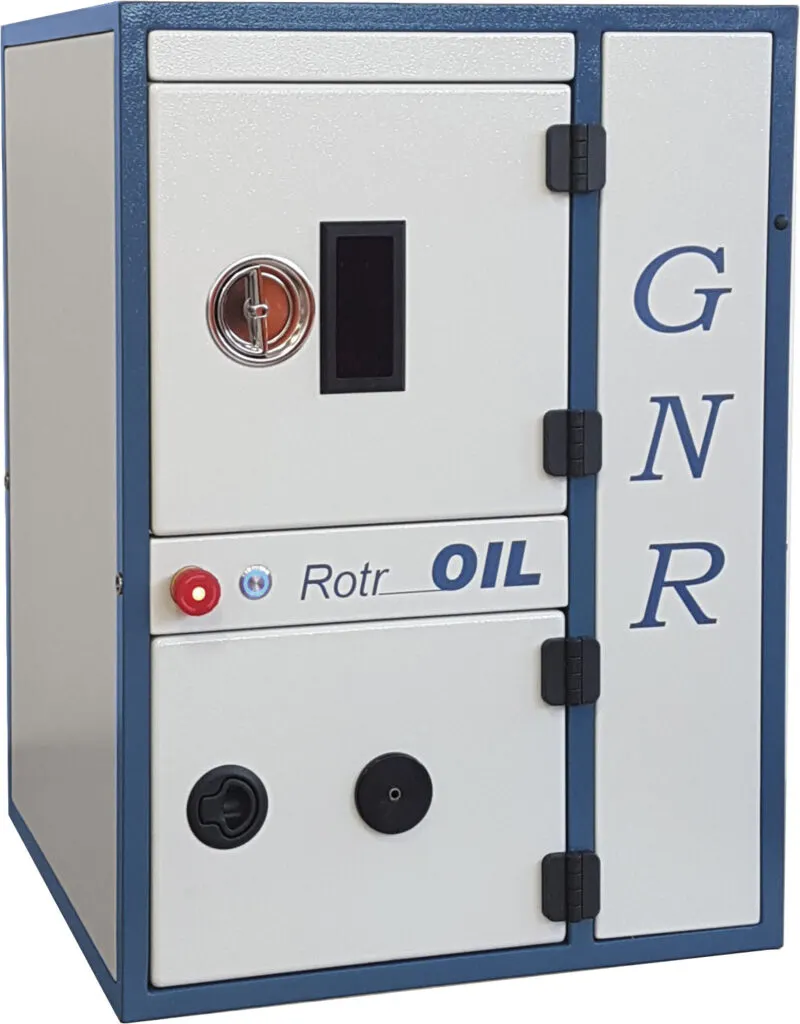 Oil Analysis
Oil Analysis
RotrOil
The RotrOil is GNR’s latest-generation Rotating Disc Electrode Optical Emission Spectrometer (RDE-...
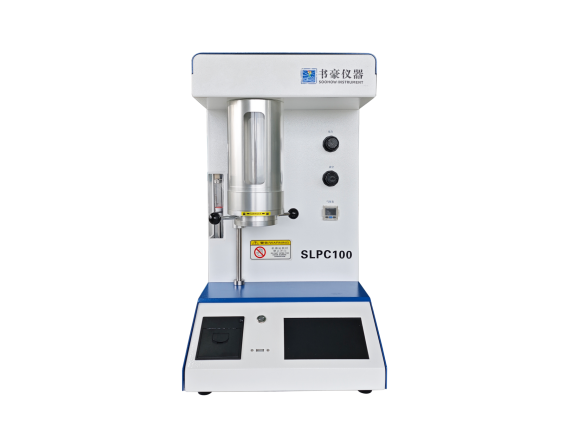 Oil Analysis
Oil Analysis
SLPC100 Desktop Oil Particle Counter
The SLPC100 is a desktop oil particle counter that employs the internationally recognized light obsc...
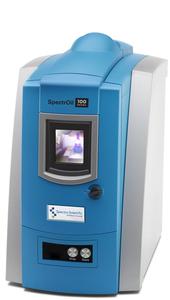 Oil Analysis
Oil Analysis
SpectrOil 100 Series
The SpectrOil 100 Series is a high-precision elemental analyzer based on Rotating Disc Electrode Opt...
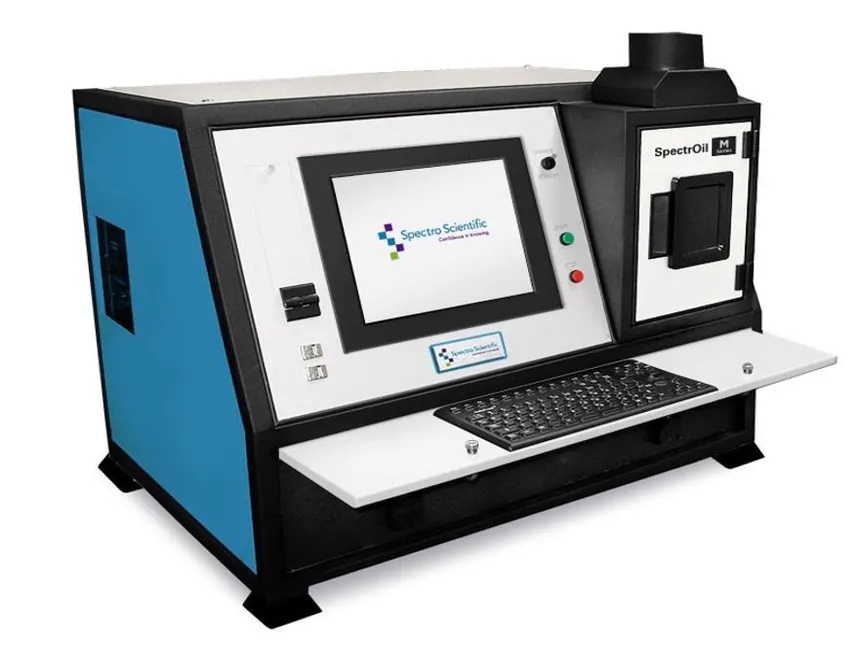 Oil Analysis
Oil Analysis
SpectrOil M Series
The SpectrOil M Series is a compact, rugged, and highly reliable Rotating Disc Electrode Optical E...
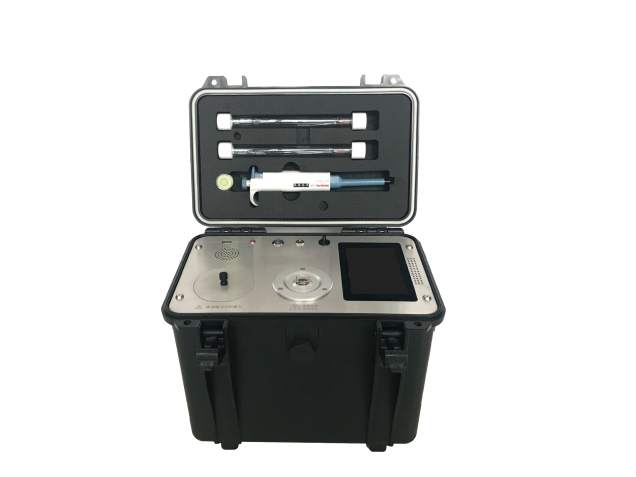 Oil Analysis
Oil Analysis
VS600 Portable Rapid Motion Viscometer
The VS600 Portable Rapid Motion Viscometer is a high-efficiency field instrument designed for fast a...
Ready to Find the Right Solution?
Our team can help you select the perfect products for your Municipalities applications